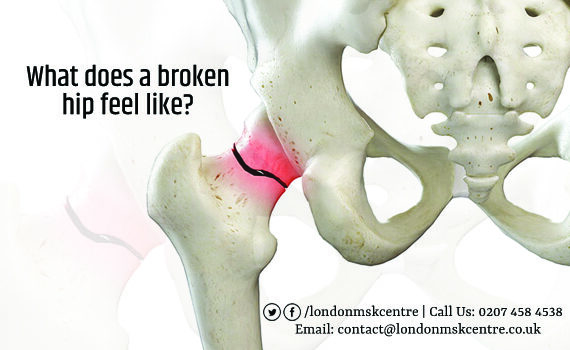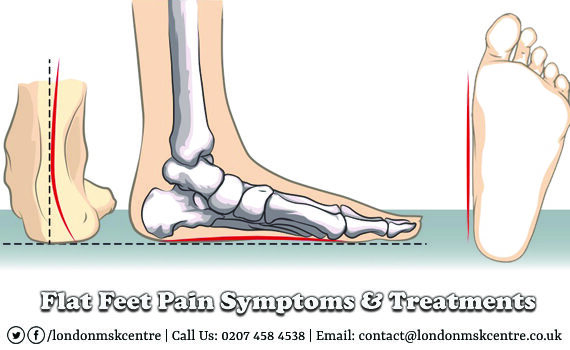
What does a broken hip feel like?
A broken hip, also often referred to as a hip fracture, can be a very serious injury. It can lead to a number of critical complications that may even be fatal. The propensity of developing a fractured hip increases with age. The reason for this is that the bones tend to undergo wear and tear and become weaker as you get older. There can also be other factors that make a person more prone to develop a broken hip, such as poor vision, use of medications and issues with balance. Factors such as the structure of the body and weakness can lead a person to fall suddenly, leading to a hip fracture. Women have a greater tendency to develop broken hips than men. It is necessary to perform a surgical treatment in order to correct a broken hip. The hip replacement procedure should also be accompanied by some intense physical therapy. It is always a good idea to include foods in the diet that help in boosting bone density.
There are many factors that can lead to hip fractures. These include excessive consumption of alcohol, unchecked osteoporosis, a family history of poor bone health, being underweight, smoking and not having sufficient amounts of vitamin D and calcium in the diet. A fractured or broken hip can also result from an actual fall or a physical injury. Whatever the cause of a broken hip might be, it is always followed by a lot of discomfort and pain felt in the groin or hip region. The patient may also find it difficult to walk and have his/her mobility compromised. Moreover, the skin surface around the injured area may look red and bruised. If the symptoms are mild, then the person might be able to walk and experience vague signs of discomfort in the hip and groin areas. There can also be noticeable issues around the thighs, the butt, and the back.
In order to diagnose the extent of a hip fracture, the doctor will ask the patient about recent injuries. Additionally, X-rays and a detailed physical exam can be carried out to reach a clear diagnosis. Sometimes a bone scan along with an MRI scan can be recommended by the doctor if the initial X-rays are not conclusive. In order to perform an accurate bone scan, the doctor is going to inject trace portions of a radioactive dye on the body. This ink can travel through the bloodstream into the bones of the affected hip where it shows signs of bone damage.
Depending on the severity of the case, a hip fracture can be deemed critical or not-so-critical. Sometimes a hip fracture can damage the ligaments, muscles, tendons, nerves, and blood vessels in the surrounding region. Therefore unless the injury and its effects are treated quickly, it can compromise the patient’s mobility in a major way. This can result in further complications, such as bedsores and pneumonia. Many patients are also affected by a urinary tract infection along with the formation of blood clots within the lungs and/or legs. There can also be a significant loss of the patient’s muscle mass. Treatment for the broken hip involves surgical intervention.



















